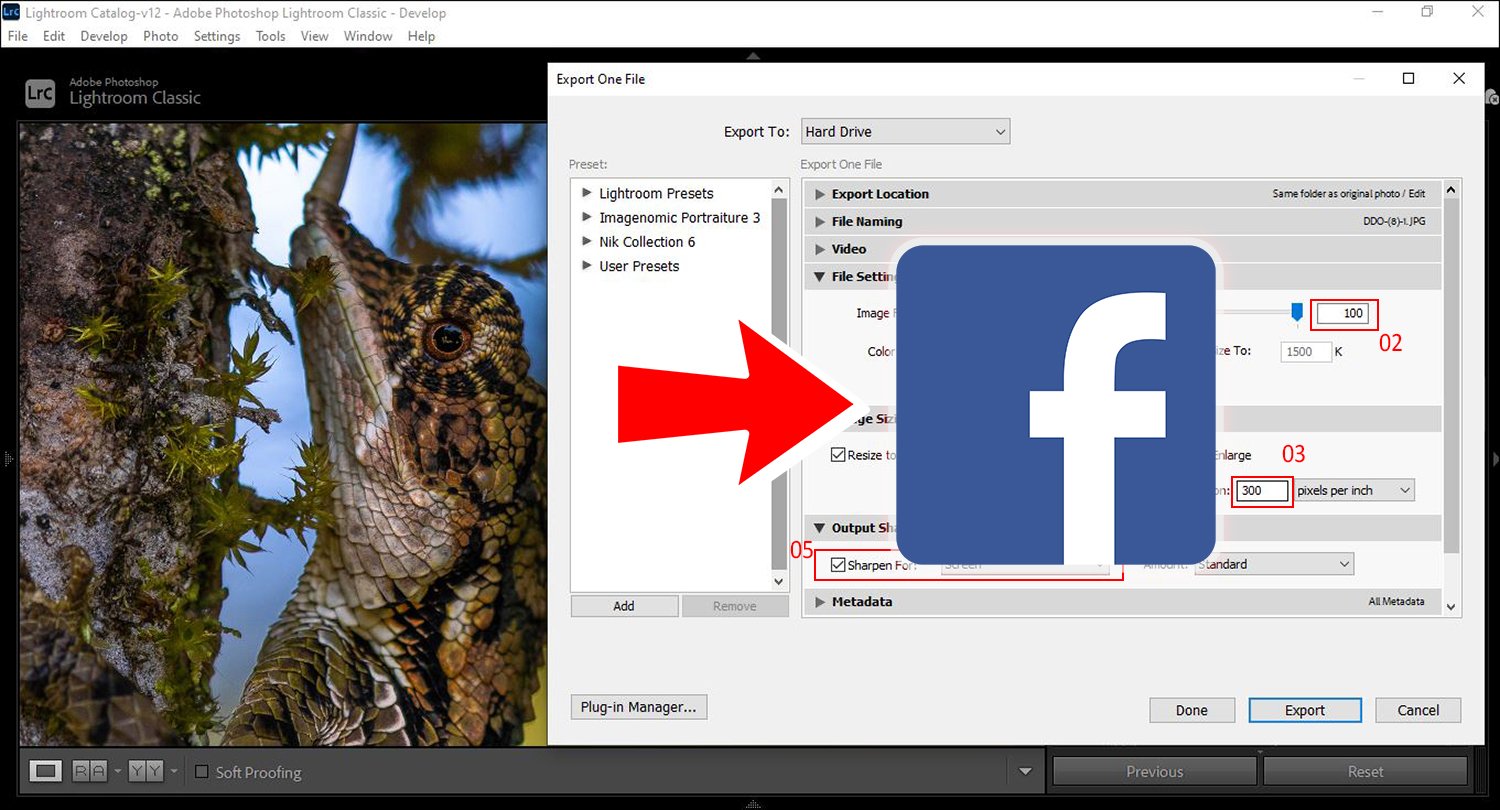What is El Niño and How Does It Affect Wildlife?
El Niño is a naturally occurring event in the equatorial region that leads to temporary changes in the global climate. Initially, El Niño referred to warmer-than-normal sea surface temperatures in the Pacific Ocean off the coast of South America. However, it now includes a complex set of changes in Pacific Ocean sea surface temperatures and related global weather events. The warming of ocean waters off South America is just one aspect of this phenomenon.
The El Niño Southern Oscillation and the Indian Ocean: A Review of Causes and Impacts by Ashfaq Ahmed (Brown University)
Why is it Called El Niño?
Fishermen along the west coast of South America were the first to observe the appearance of unusually warm water at the end of the year. This phenomenon became known as El Niño due to its occurrence around Christmas time. "El Niño" is Spanish for "the boy child," a reference to the baby Jesus.
What is ENSO?
ENSO stands for the "El Niño-Southern Oscillation," which is the term scientists use to describe what is commonly called El Niño. The Southern Oscillation refers to a see-saw shift in surface air pressure between the eastern and western halves of the Pacific Ocean. In the 1950s, scientists recognized that El Niño and the Southern Oscillation are different aspects of the same event.
What Causes an El Niño?
Under normal, non-El Niño conditions, trade winds blow in a westerly direction along the equator. These winds create a buildup of warm surface water in the western Pacific, resulting in sea levels that can be as much as 18 inches higher in that region compared to the eastern Pacific. The trade winds are also a primary source of fuel for the Humboldt Current, a cold ocean current that flows north along the coasts of Chile and Peru before turning west and warming as it moves into the central Pacific. Therefore, the typical situation features warmer water in the western Pacific and cooler water in the eastern Pacific.
During an El Niño event, the equatorial westerly winds weaken. This reduction in wind strength diminishes the Humboldt Current, leading to warmer waters along the coast of Chile and Peru, which creates unusual warming conditions in the region. So far, it appears that factors such as volcanic eruptions (either undersea or on land) and sunspots do not trigger El Niño events.
How Often Does El Niño Occur and How Long Does It Last?
El Niño events occur irregularly, roughly every two to seven years. Warm water usually appears off the coast of South America around Christmas and reaches peak temperatures in the eastern Pacific during the late fall of the following year. After peaking, the waters tend to cool gradually through the winter and spring of the next year. The effects of El Niño can be felt worldwide for over a year, although this is not typically consistent in any one location.
How Does El Niño Affect Wildlife?
Extreme weather conditions, like those associated with El Niño, significantly affect animal health. Infectious diseases experts discuss the effects of the phenomenon on wildlife health and what can be done to improve resilience. So, how does El Niño affect wildlife?
El Niño significantly impacts wildlife, particularly sea life and birds. During non-El Niño years, the upwelling of deep, cold ocean water brings nutrients to the surface, supporting fish and kelp forests. However, during an El Niño, this upwelling decreases, leading to a decline in fish populations as they die or migrate in search of food. This reduction in fish affects sea birds that rely on them, causing them to die or relocate. Additionally, storms and ocean swells can damage kelp forests.
In California, fish populations may decline, impacting marine mammals like seals and sea lions that feed on them. This can result in increased strandings and lower survival rates for seal and sea lion pups. Despite these challenges, the overall populations of California sea lions and harbor seals continue to grow annually.
Warmer ocean temperatures during El Niño can also lead to the presence of fish species typically found off Mexico, such as yellowfin tuna and dorado, in southern California. However, bait species like anchovies and squid may migrate northward, affecting the distribution of game fish like white seabass and California halibut.
Understanding how El Niño affects wildlife is crucial for developing strategies to mitigate its impact and improve the resilience of affected species. By studying these patterns, we can better prepare for future El Niño events and protect our precious wildlife.
For Extra Reading:
What Effects Does El Niño Have on World Climate?
A strong El Niño is often associated with various weather patterns, including flooding rains and warm weather in Peru, drought conditions in Indonesia, Africa, and Australia, torrential downpours and mudslides in southern California, milder winters in the northeastern United States, and fewer hurricanes in the southeastern U.S. It's important to note that while these effects are more likely to occur during an El Niño, they are not guaranteed.
How Does El Niño Affect Sea Life and Birds?
In non-El Niño years, the upwelling of deep, cold ocean water brings nutrients that reside near the ocean floor to the surface. Fish in the upper waters rely on plankton that depend on these nutrients for food. Kelp forests also thrive on cool, nutrient-rich water for their growth and survival. However, during an El Niño, the upwelling of cold water off the Americas decreases. As a result, fish may die or migrate to find more abundant food sources. With fewer fish available, sea birds that depend on them may also die or relocate. Additionally, storms and ocean swells often damage kelp forests.
In California, fish populations may decline during an El Niño. Marine mammals like seals and sea lions, which feed on fish, may also be impacted. Californians might observe an increase in both dead and live strandings of seals and sea lions along the coast, as well as lower survival rates for seal and sea lion pups at breeding sites on islands. Nonetheless, despite the increase in marine mammal deaths during an El Niño, scientists report an annual long-term growth rate of 6 to 10 percent for California sea lions and harbor seals. Therefore, occasional increases in strandings or deaths do not threaten their overall populations.
How Does El Niño Affect Ocean Fishing?
In California, warmer-than-normal ocean temperatures may lead to an increased presence of fish commonly found off Mexico, such as yellowfin tuna and dorado, appearing off southern California. However, bait species like anchovies and squid may migrate northward, which could result in some game fish, like white seabass and California halibut, following them.
What is the Difference Between El Niño and La Niña?
El Niño and La Niña represent different phases of the ENSO cycle. El Niño refers to a phase characterized by the warmth of ocean water in the tropical Pacific spreading eastward to the coast of South America. In contrast, La Niña is marked by unusually cold ocean temperatures in the tropical Pacific, which is reflected in its name, meaning "the girl child" in Spanish.
For more blog articles related to wildlife, nature, photography, and traveling, you can visit my blog: Damith Danthanarayana's Blog.
Search the blog:
















